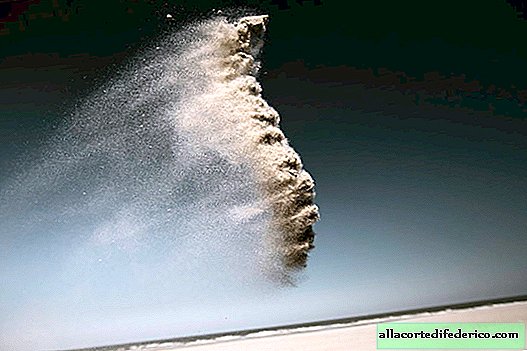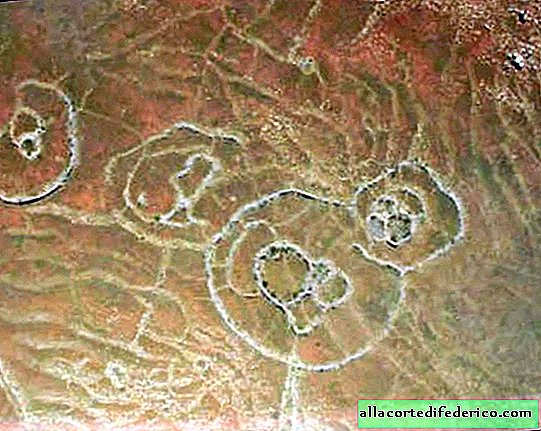Spanish Almaden - a world center for the production of mercury, which is more than 2 thousand years old
If most of the inhabitants of our planet know mercury as metal, which is located in medical thermometers, then in more ancient times, mercury in cinnabar was used as a coloring matter. Cinnabar-based paint was valued nothing else, and resorted to its use in exceptional cases, for example, for painting temples or for creating especially important documents. And the main cinnabar deposit in antiquity, which, however, has not lost its significance to this day, is Almaden in the Spanish province of Ciudad Real.


The field in Spain has been known since ancient times, and it began to be developed even before our era. The ancient Romans, who at that time owned the territory of modern Spain, mined cinnabar for the sake of red paint. In the Middle Ages, the Almaden field began to be developed more intensively, the mines began to expand, following the cinnabar layer deeper and deeper. The mined mineral used to produce paint was exported to many European countries. It is such a long period of operation, as well as the historical significance of the entire complex for the extraction and production of metal that caused the Spanish Almaden to be recognized as a UNESCO heritage site.

In the modern world, the use of mercury is much wider than in the Middle Ages, so Almaden deposits are still being developed. In addition to the well-known high-precision medical devices and fluorescent lamps containing mercury vapor, this metal is used in a wide variety of fields - from the manufacture of high-precision technical devices to various alloys in metallurgy.

Modern Almaden is a quiet, cozy town with a population of just over 6 thousand people. Despite the fact that cinnabar deposits continue to be developed, revenues from the tourism sector are growing every year.

















